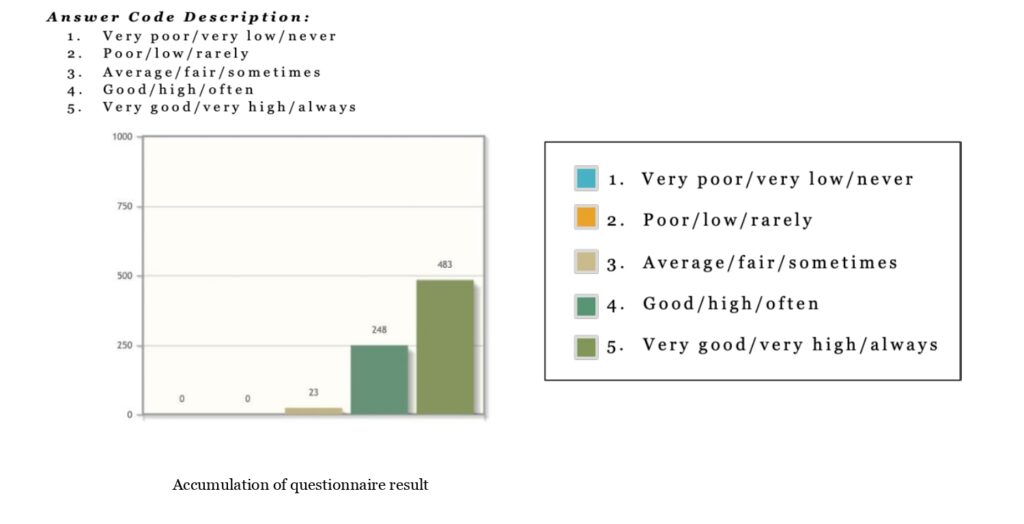Social and Cultural Change
Overview
Course Code
ANT 62143
Credits
3
Semester
II
Frequency
Even
Type
General Course
Class Size
35
Duration
16 meetings
Student Workload
119 hours
Contact Hours
35 hours
Independent Study
42 hours
Description
This course will discuss approaches and theories regarding the dynamics of social and cultural change in society. Changes in the social system with regard to changes in values, attitudes, and patterns of community behavior can be observed through changes in existing social institutions. These changes are certainly influenced by external and internal factors and include material and non-material elements. In this course, students will increase their sensitivity to the dynamics of social and cultural change observed through empirical studies on economic, religious, political, ecological, and gender aspects. Students will analyze and describe various phenomena of social and cultural change around them and in a wider area.
Course Content
- Introduction to classical theory
- Perubahan lembaga sosial dan perubahan sosial kebudayaan
- Social change in Indonesia: The old and the new world
- Evolusi teknologi dan kebudayaan
- Perubahan sosial kebudayaan dan transisi modernitas
- Perubahan simbolik dalam masyarakat
- Perubahan sosial dan budaya dalam kajian gender
- Lingkungan dan perubahan sosial budaya dalam masyarakat
- Efek-efek perubahan sosial kebudayaan dalam aspek ekonomi dan religi
- Efek-efek perubahan sosial dalam sistem politik lokal
- Perubahan sosial terencana dan tidak terencana dalam kebijakan pembangunan
Reference
Primary Literature
- Harper, C.L. (1993). Exploring social change. Englewood Cliffs, New Jersey: Prentice Hall.
- Robbins, J. (2004). Becoming Sinners: Christianity and moral torment in a Papua New Guinea Society. University of California Press
- Scott, J. C. (1972). The erosion of patron-client bonds and social change in rural Southeast Asia. The Journal of Asian Studies, 32(1), 5-37.
- Geertz, C. (1989). Penjaja dan raja. Yayasan Obor Indonesia. Jakarta.
- Hawkins, M. (1996). Is rukun dead? Ethnographic interpretations of social change and Javanese culture. The Australian journal of anthropology, 7(1), 218-234.
- Williams, J. P., & Kamaludeen, M. N. (2017). Muslim girl culture and social control in Southeast Asia: Exploring the hijabista and hijabster phenomena. Crime, media, culture, 13(2), 199-216.
- Abdullah, Irwan. 2007. “Produksi dan Reproduksi Kebudayaan dalam Ruang Sosial Baru” dalam Konstruksi dan Reproduksi Kebudayaan. Hal 41-53. Yogyakarta: Pustaka Pelajar
- Hefner, R. W. (1983). The Problem of Preference: Economic and Ritual Change in Highlands. Source: Man, New Series, 18(4), 669–689. http://www.jstor.org/stable/2801902
- Aragon, L. v. (1996). Twisting the Gift: Translating Precolonial into Colonial Exchanges in Central Sulawesi, Indonesia. American Ethnologist, 23(1), 43– 60. https://doi.org/10.1525/ae.1996.23.1.02a00030
- Abdullah, Irwan (2002). Tantangan Pembangunan Ekonomi dan Transformasi Sosial: Suatu Pendekatan Budaya. Humaniora.
- Wood, R. E. (1984). Ethnic tourism, the state, and cultural change in Southeast Asia. Annals of Tourism Research, 11(3), 353-374.
- Barker, J. (2005). Engineers and Political Dreams: Indonesia in the Satellite Age. Current Anthropology, 46(5), 703-727. doi:10.1086/432652
- Hefner, R. W. (1987). The politics of popular art: tayuban dance and culture change in East Java. Indonesia, (43), 75-94.
Assessment System
Assessment Matrix
- Keaktifan Partisipasi 20%
- Tugas Terstruktur 10%
- Quiz 10%
- Ujian Tengah Semester 25%
- Final Exam 35%
- Peer-Assessment
Peer-Assessment
The percentage of student contribution is taken from the score given by group members to other group members (peer-assessment) regarding the contribution in the process of working on the task from beginning to end.
- Score 100% if the assessed member fully participates from start to finish
- Score 75% if the assessed member participates actively, although sometimes less involved
- Score 50% if the assessed member participates, although often not involved
- Score 25% if the assessed member only appears at the beginning/middle/end only
- Score 0% if the assessed member is not involved at all
- The student contribution percentage score is the total number of peer-assessments divided by the number of group members who were assessed
Students Feedback


